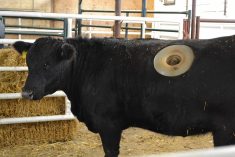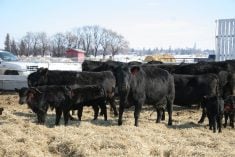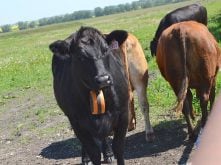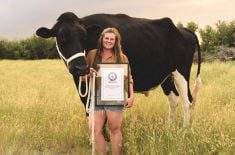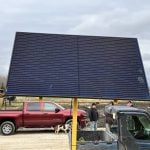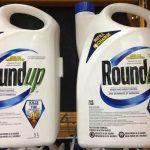Your most feed-efficient cattle also may be the best when Mother Nature turns the thermostat way up or way down.
And that’s increasingly important, says a leading beef researcher.
“Significant extremes have become more noticeable,” said Gleise Silva, an expert in cattle nutrition and an assistant professor at the University of Alberta.
Read Also
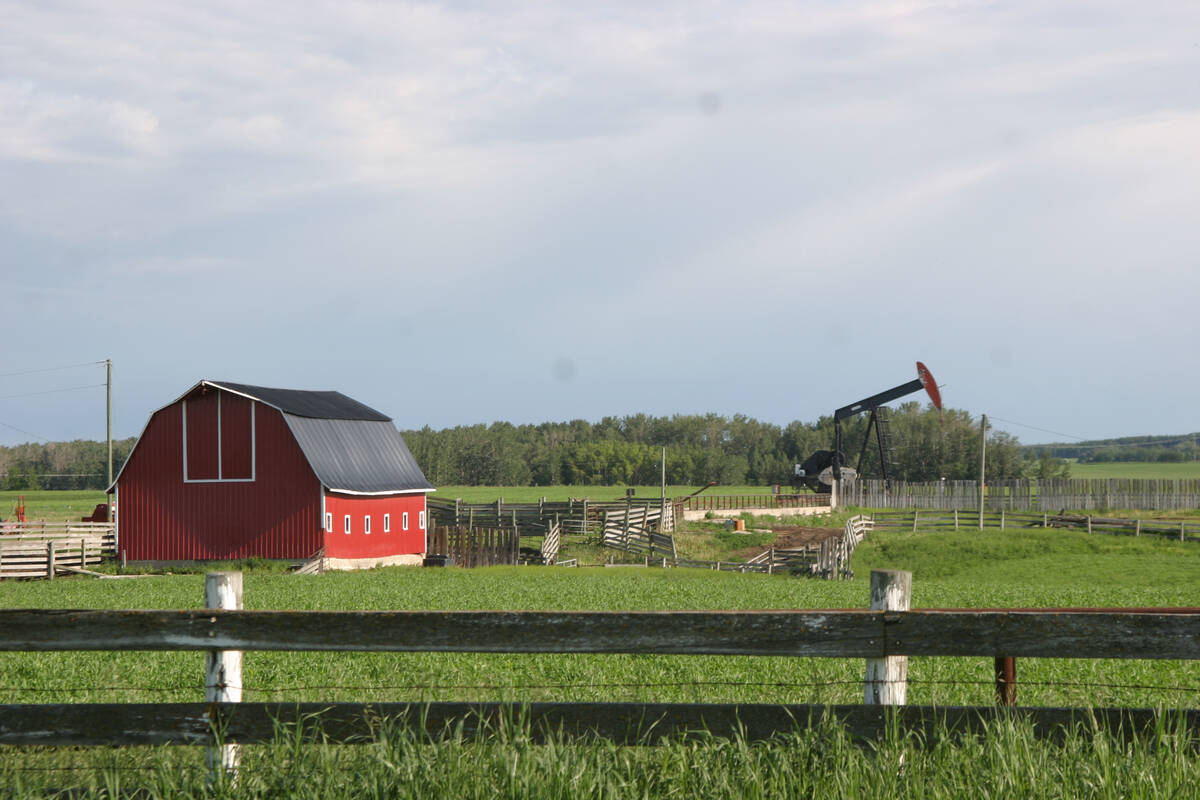
Recommendations in the mature assets strategy could cause potential problems for landholders
The Western Stock Growers’ Association urges producers to pay attention to the potential changes to Alberta’s Mature Assets Strategy.
“What I would like to understand is if animals of different feed efficiency classifications will respond differently to these conditions we have in Canada.
“We are known for our colder winters but we are seeing hotter temperatures and hotter summers more often.”
Silva, who grew up in Brazil and got her PhD in Florida, pointed to the wild swings experienced the year she arrived in Alberta in 2021 — a summer high of 36 C and a low of -45 C in December.
Her project will look at whether feed-efficient cattle (ones that eat less than other cows but still pack on the same number of pounds) also expend less energy to stay warm or cool.
Extreme temperatures can profoundly affect cattle, not only stressing them but causing physiological and metabolic changes, said Silva, who is also the Hays research chair in beef production systems.
“All of these changes have a cost to the animal, yet we need to have animals that are able to perform well in both summer and winter temperatures.”
Silva did a similar study in Florida, but this area of research is largely unexplored territory. Her new project will be one of the first to compare cold and heat extremes using the same animals in real-world field conditions.
“If you put animals in a chamber and adjust the temperature we are just going to see a snapshot of the moment,” she said. “If you have animals outside facing solar radiation, wind or lack of wind, we’re going to see how they behave and how they perform under those conditions.
“Having animals that can maintain and sustain more productivity, regardless of what’s going on outdoors, would be great for the industry.”
If her theory proves correct, Silva hopes the study will help producers make decisions on which animals to retain for breeding, herd sustainability and resilience.
“It would mean the animals don’t need to change their behaviours a lot, that they can live in a constant way throughout the year,” she said. “This is especially important in cow-calf operations where cows are kept in the herd for years.”
The work might also prompt more producers to think about selecting for feed efficiency, said Fred Lozeman, who operates a mixed farm near Claresholm.
That’s something, in his experience, that is relatively rare, partly because of the expense of genomic tools, said Lozeman, a well-known figure in the beef sector who currently sits on the boards of Alberta Beef Producers and the funding agency RDAR.
“With Gleise’s research I really see an opportunity in the future to develop some of these tools that we can use as producers to select for feed efficiency in our operations,” he said.
Lozeman said he also hopes it will take some of the mystery out of breeding for high feed conversion.
“If we start selecting for feed efficiency what other traits are affected, if any? Are you sacrificing their ability to cope with cold? Are you sacrificing their ability to cope with heat? Is fertility affected? Is longevity affected?
“It won’t all happen at once; I’m sure it will take a bit. But if we can improve feed efficiency even a little bit in our herds, it’s low-hanging fruit. It’s quite a large benefit.”
The study’s results could also help producers adjust management practices such as providing extra shade and water supply in summer and windbreaks in winter, said Silva, who along with a team of grad students will monitor 49 head at the U of A’s Roy Berg Kinsella Research Ranch for a full year.
“I have just two groups — one that is more feed-efficient and one that is less feed-efficient,” she said.
The researchers will measure body temperature and weight changes along with monitoring the behaviour of the cattle. That’s important because heat or cold stress can also affect health and reproduction, such as immunity levels and breeding success.
“Sometimes we give attention to one trait and we leave another trait behind,” said Silva.
Lozeman has a bit of a personal stake in the project — he mentored Silva in a program put on by the Beef Cattle Research Council that helps researchers connect with people in the cattle sector.
“I’m impressed with her enthusiasm,” he said. “She has a genuine motivation to help producers in the province and in Canada. That’s the sense I’ve got from her. She has got a genuine motivation to develop the calf and beef sector. It’s her passion.”





